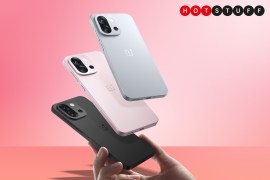Samsung Galaxy S24 Ultra review: material gains
As good as it gets in Samsung land - but has the wider Android world moved on?

Stuff Verdict
The Galaxy S24 Ultra is another epic Samsung flagship. New materials and screen upgrades go a long way, while the AI additions are perfect for productivity
Pros
- Titanium frame and Gorilla Armor glass set new toughness standards
- Unrivalled performance from Snapdragon 8 Gen 3 For Galaxy
- On-device AI is genuinely useful
Cons
- Cameras haven’t progressed much in twelve months
- Missed the boat for Qi2 charging
- As expensive as non-folding flagships get
Introduction
The Galaxy S23 Ultra almost managed an entire twelve-month stint at the top of Stuff’s best smartphones list. Its successor has similar ambitions and is arguably even more deserving of flagship status.
A titanium frame puts the Galaxy S24 Ultra on par with the iPhone 15 Pro Max for top-tier materials. Its substantial 6.8in screen has been given the steamroller treatment, with some of the skinniest bezels you’ll find on any phone.
Bigger changes are going on underneath. Power comes from the latest Qualcomm silicon; the quad rear camera setup has been upgraded with a superior zoom lens, and some seriously clever on-device artificial intelligence takes the faff out of photo editing and note taking. AI might be the phone world’s latest buzzword, but it’s genuinely useful here.
This big phone is impressive, then – but it’s also very expensive. Are there enough improvements to justify its top billing?
How we test smartphones
Every phone reviewed on Stuff is used as our main device throughout the testing process. We use industry standard benchmarks and tests, as well as our own years of experience, to judge general performance, battery life, display, sound and camera image quality. Manufacturers have no visibility on reviews before they appear online, and we never accept payment to feature products. Find out more about how we test and rate products.
Review first published 9 January 2024
Design & build: metal marvel

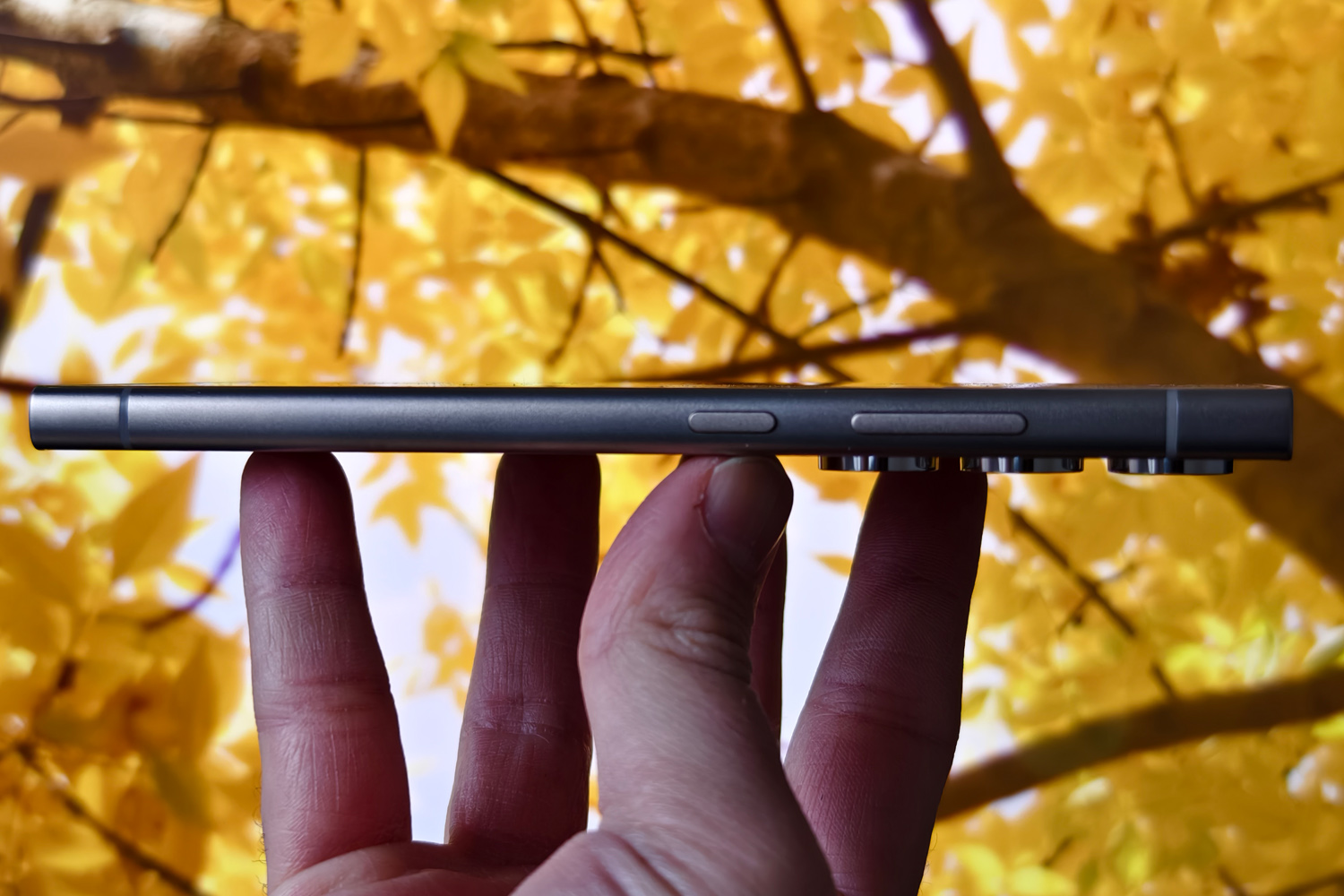

The Galaxy S24 Ultra is a sliver thinner than the outgoing model and a little wider, but a tad shorter. I found the S23 Ultra bordered on needing two hands, but I could comfortably cup this in one. That’s partly down to Samsung keeping the sides slightly rounded, instead of flattening in them out like it did for the Galaxy S24 and Galaxy S24 Plus.
This is still a substantial handset though; a 6.8in screen isn’t much larger than some rivals, yet this feels more imposing than any other non-folding phone. And that’s before you stick a case on it. Samsung’s decision to ditch the curved-edge glass feels more of a flex as a result: You want to use our fantastic new flagship? Ready your palm and pocket (and wallet) it’s an imposition, and it’s worth it.
The flat panel makes for much better edge-to-edge S Penning when taking notes, and the bezels are now seriously svelte. It’s also protected by Corning Gorilla Armor glass, which is exclusive to the Galaxy S24 Ultra for the foreseeable. The way it reduces light reflections borders on magic to me, and it’s apparently four times as scratch-resistant as the next best Gorilla Glass. Add on an IP68 rating and this is one properly tough phone.
The headline change this year is the titanium construction. It was almost always cool to the touch when I pulled the phone out of my pocket, and the satin matte finish feels particularly pleasant in the hand. I also think it looks the business in Titanium Violet colours. I’m less convinced by Titanium Yellow, which is a little garish for my taste; the subtler Titanium Gray and Titanium Black are almost certain to be the biggest sellers.
Materials aside these are subtle changes, and the overall look is a bit iterative, but there’s little else like it in the Android world.
Screen & sound: curves are cancelled
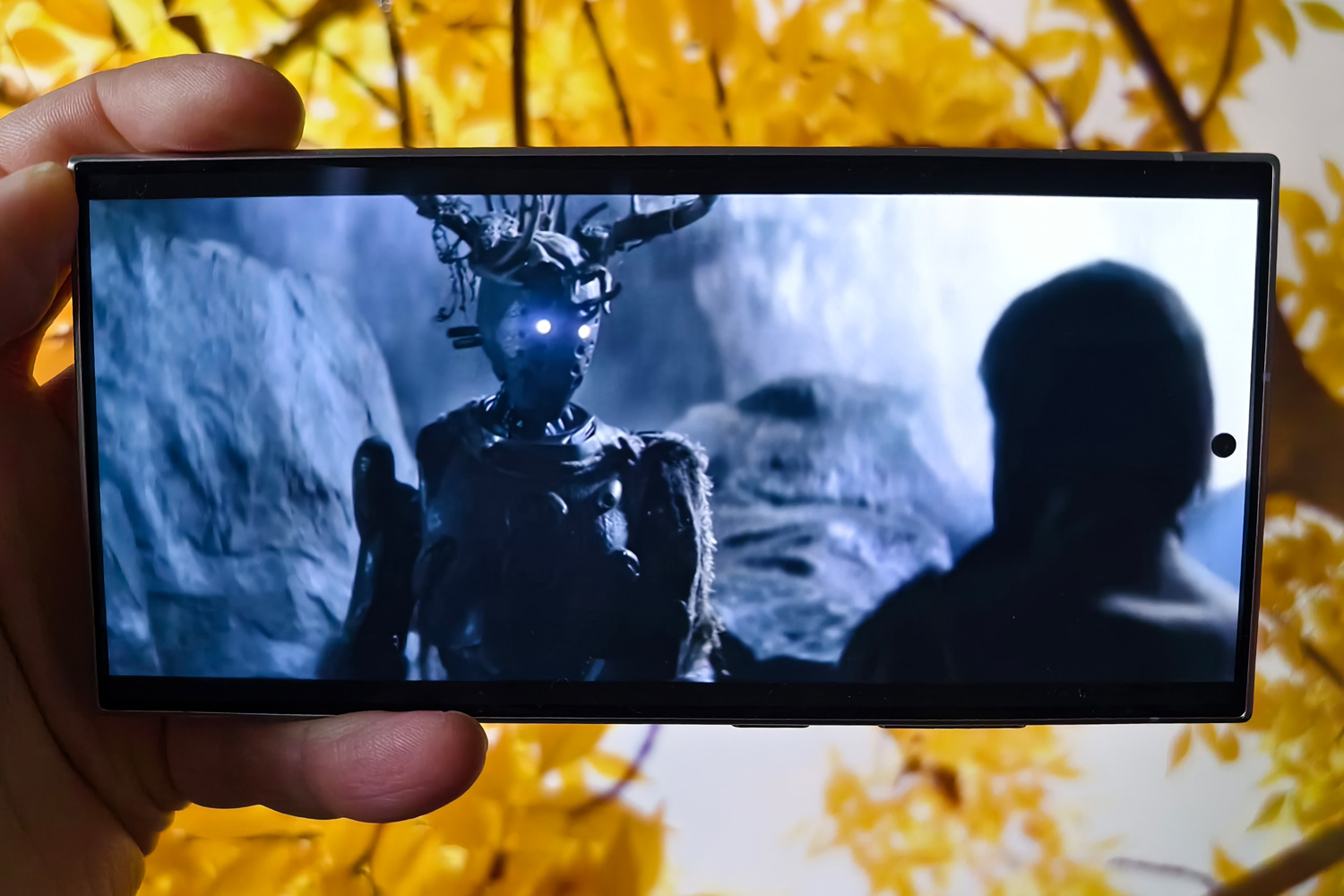
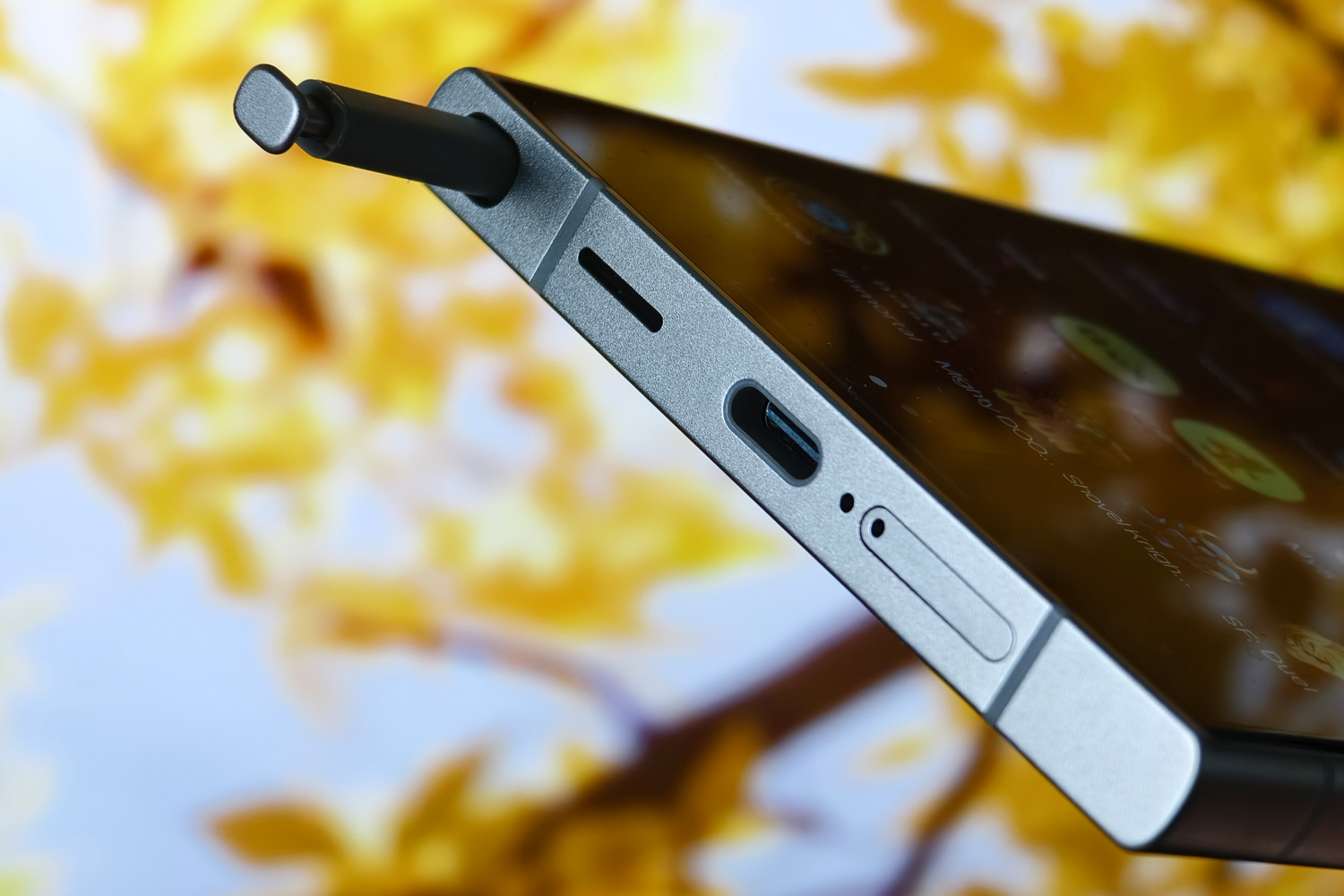

Samsung knows a thing or two about AMOLED displays, so it’s no shock to say the Galaxy S24 Ultra’s 6.8in screen is a thing of beauty. That bespoke Gorilla Armor glass really does absorb light reflections like nothing else, and the new 2600 nit peak brightness is a healthy jump over the outgoing phone’s 1750 nits. This isn’t the brightest phone screen around, with the OnePlus 12 claiming a 4500 nit peak in certain circumstances, but Samsung has neatly edged out the best Apple can muster. It coped brilliantly outdoors in bright San Francisco sunshine.
I don’t even know if the underlying panel tech is better than the S23 Ultra, but between Samsung’s pristinely optimised interface, the confident size and flatness, and its bright, smooth AMOLED tech, it looks glorious. The 3120×1440 resolution is almost unmatched in the Android world (only Sony’s overkill Xperia 1 V goes harder with a 4K panel), giving every image and video incredible clarity.
As I expected from a Samsung AMOLED panel, colours were wonderfully punchy. Images and videos had plenty of impact, with deep shadows and bright highlights when showing HDR content – of which the Galaxy S24 Ultra plays nicely with most of the major formats.
LTPO adaptive refresh rate tech switches from 1-120Hz on the fly, based on the amount of onscreen motion. Everything felt super smooth while I was scrolling through web pages, while static images shouldn’t be as much of a power drain as they would be were the screen stuck at 60Hz.
A down-firing speaker and earpiece combo is pretty common throughout the phone world, but I thought the Galaxy S24 Ultra did a better job than many rivals. Volume is excellent and overall clarity is very good, with a hint of low-end. These are still tiny drivers, of course, so I reached for my Bluetooth earphones for any serious listening.
Cameras: zoom zoom


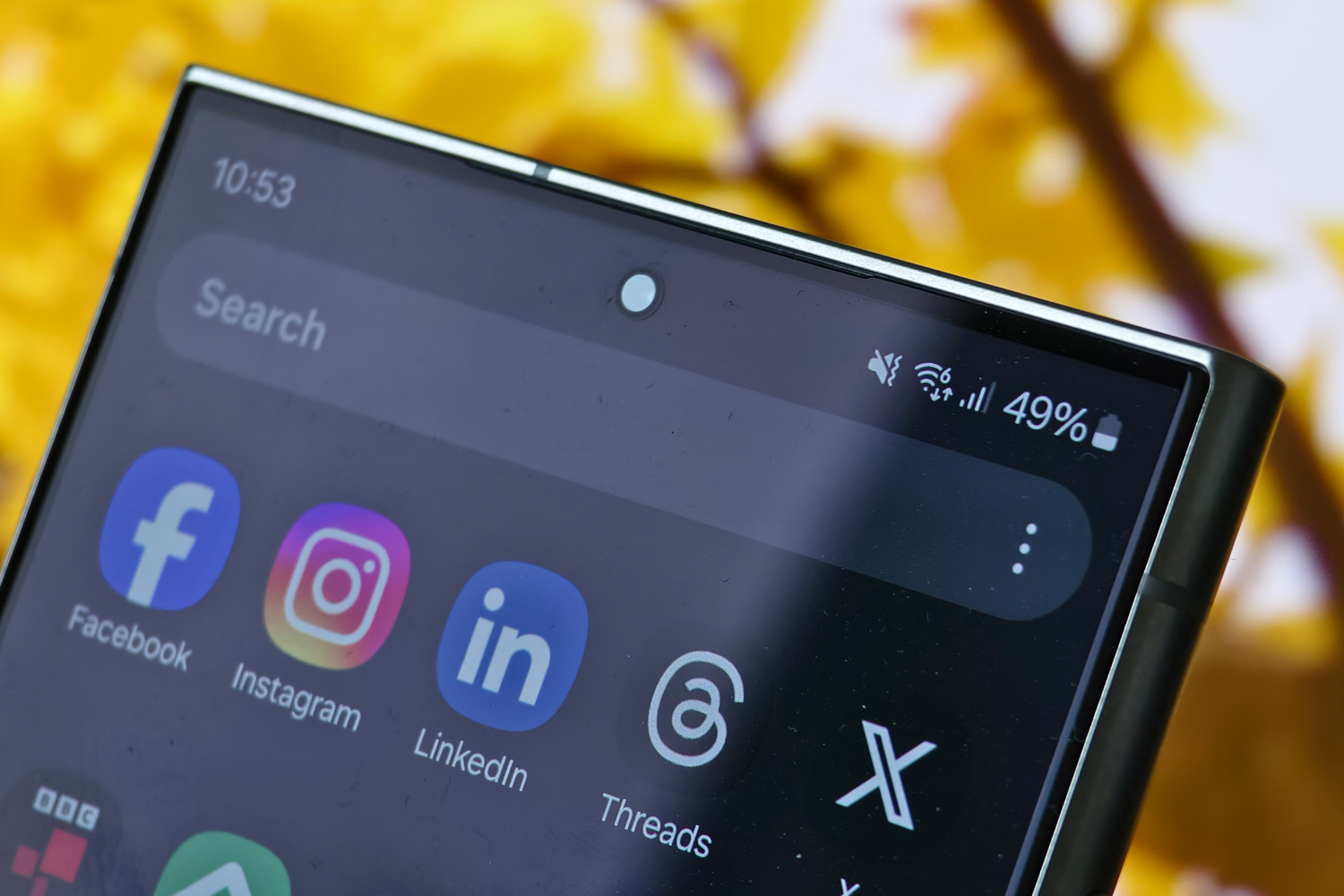
Three of the Galaxy S24 Ultra’s four rear snappers are carried over wholesale from last year. That’s not necessarily a bad thing, given the S23 Ultra was one of the most capable camera phones around. Samsung has concentrated on zoom, with a huge upgrade to the secondary telephoto lens.
Instead of a 10MP sensor good for 10x optical zoom, there’s now a 50MP periscope telephoto with 5x optical magnification. A mix of sensor cropping and algorithms then bring 10x shots that should be just as clean as the previous generation’s dedicated hardware. That’s because the sensor is considerably larger, and is paired with an enhanced OIS gyro sensor; even with a relatively narrow f/3.4 aperture, Samsung is promising much better low light zoom shots. The 200MP main sensor, 10MP telephoto with 3x optical zoom, and 12MP ultrawide are otherwise unchanged.
I’m not alone in thinking this hardware update is a little underwhelming, given brands such as Oppo, Vivo and Xiaomi have recently launched bleeding-edge phones with 1-inch camera sensors. It might even be a downgrade: side-by-side, I found the S23 Ultra’s 10x, 20x and 30x shots looked a little crisper. This is despite the fact Samsung made a point to highlight the AI boosting the S24 Ultra’s zoom.
But I still prefer the camera on the S24 Ultra. With its much higher resolution and 1.6 times larger sensor size, the S24 Ultra’s zoom is better in low light. It focuses much closer, so can take higher-impact shots of nearby subjects, and 5x zoom is a much more practical focal length than 10x zoom for portraits and casual shots.











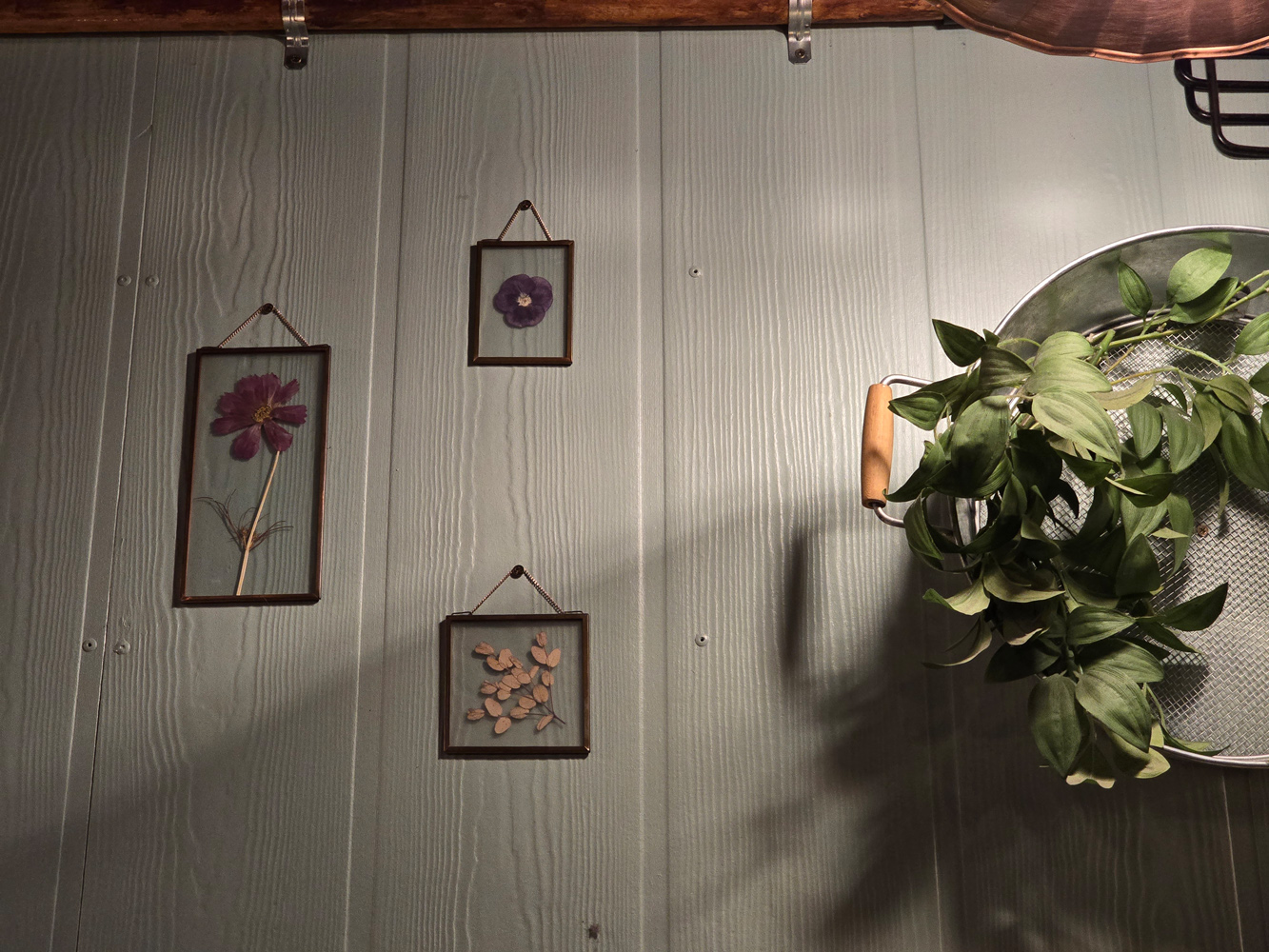




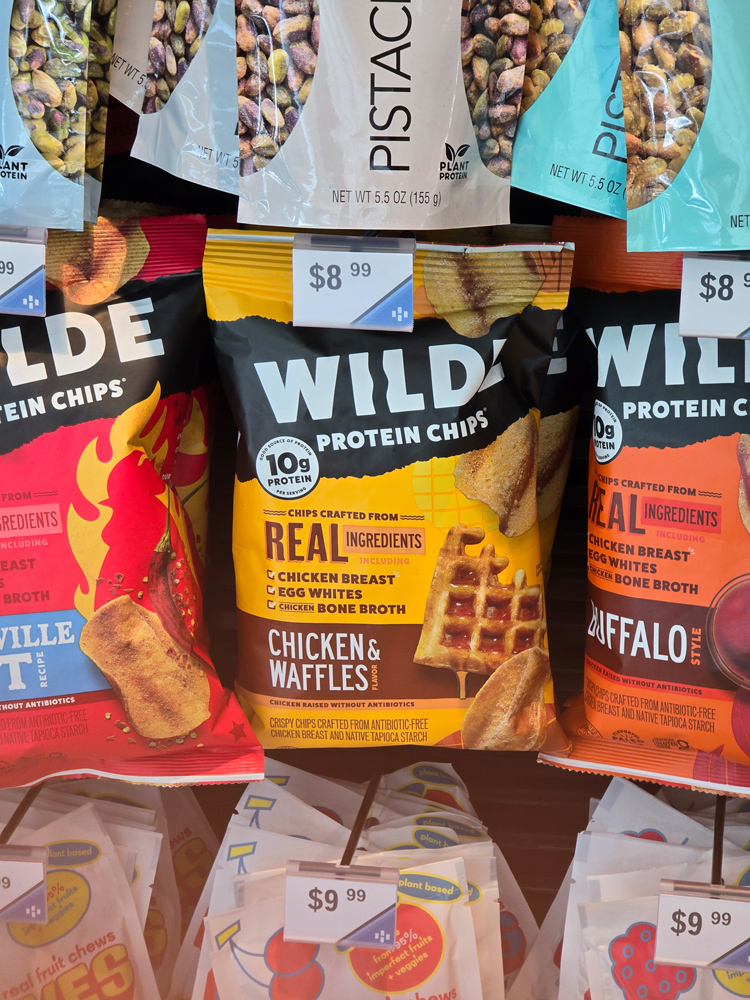

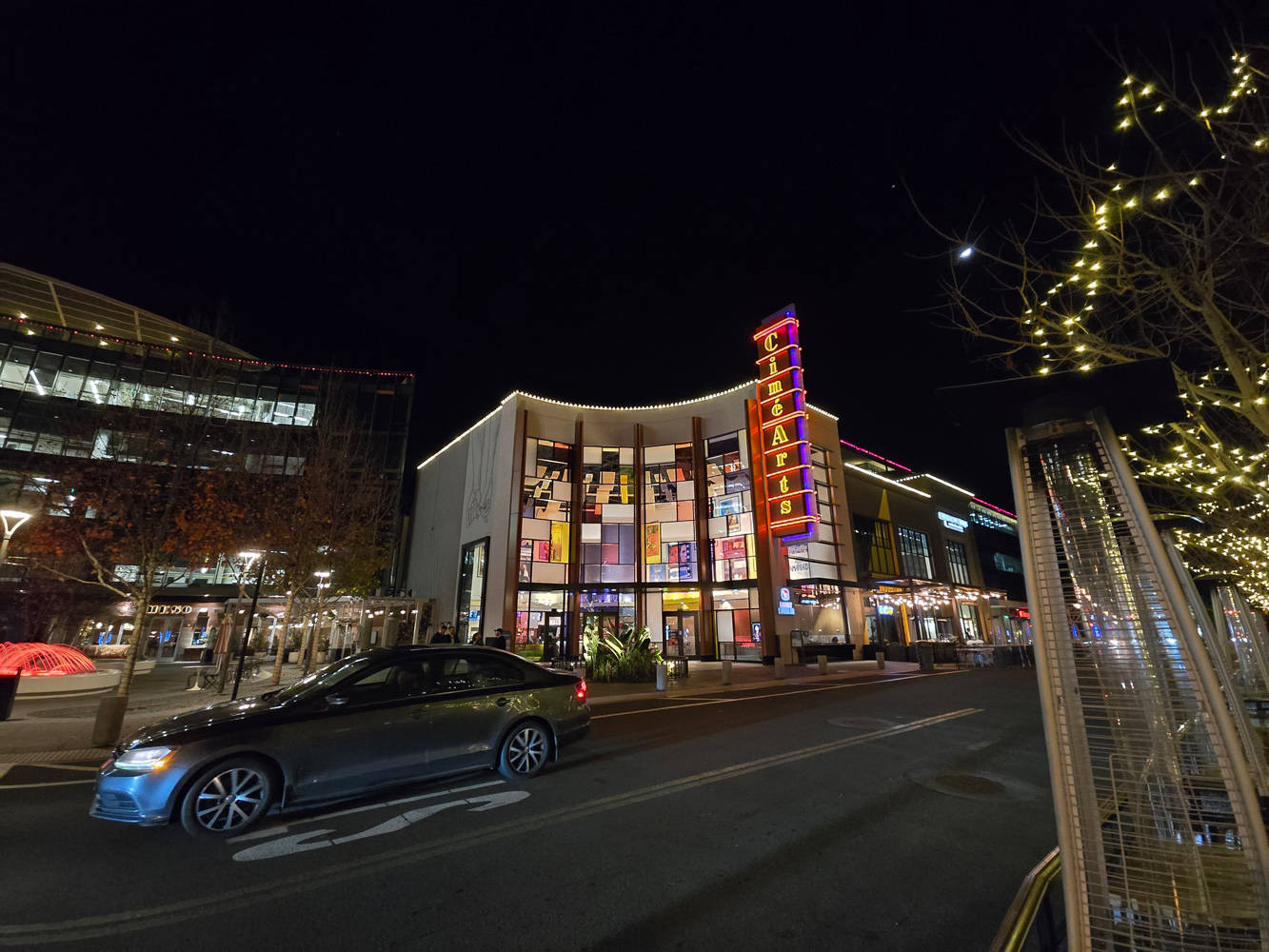











As for the rest of the camera, Samsung hasn’t rocked the boat at all. Its photo processing is still very Samsung, delivering zingy, textured, crispy shots that look good, but pinch in and you’ll see plenty of sharpening and boosting. I took a lot of shots in Pro Mode, which (if you can be bothered to use it) unlocks much more nuanced photos.
For Instagram-ready pictures and videos that look lively and great on first impression, the S24 Ultra seems like a very powerful do-it-all camera phone. Shutter speed and moving subjects are still a thorny subject, though. Rivals do a much better job of sharply preserving hyperactive children, pets, and moving vehicles.
AI image editing


Much more impressive than the photography updates are the editing updates, with my favourite being AI slow-mo. Long-press while your video is playing and the footage slows down, with the missing frames generated using on-device AI. The quarter-speed clip and can be exported as its own file. Is it perfect? No, you can notice some artificial-looking fluidity in the motion. But it’s still much better than traditional 120fps slowing down of 30fps footage.
Samsung’s answer to Google’s Magic Editor can remove shadows from faces and reflections from glass with a single tap. The success of each effect can vary from convincing to clumsy, but are a heck of a lot easier than booting up Photoshop. It also does an excellent job of generationally expanding images, for when you’ve cropped in a little too tightly.
The S24 series’s AI tools can also delete objects and move them around – all features seen in Magic Eraser and other AI image editors. Interestingly it sometimes seemed keen to generate new objects to replace ones I’d highlighted, rather than purely delete what was there originally.
I do appreciate that Samsung flags that images edited have been augmented by AI in the photo metadata, also including an AI watermark that you can’t crop out without exporting the picture to another app or device.
Software experience: AI all the way

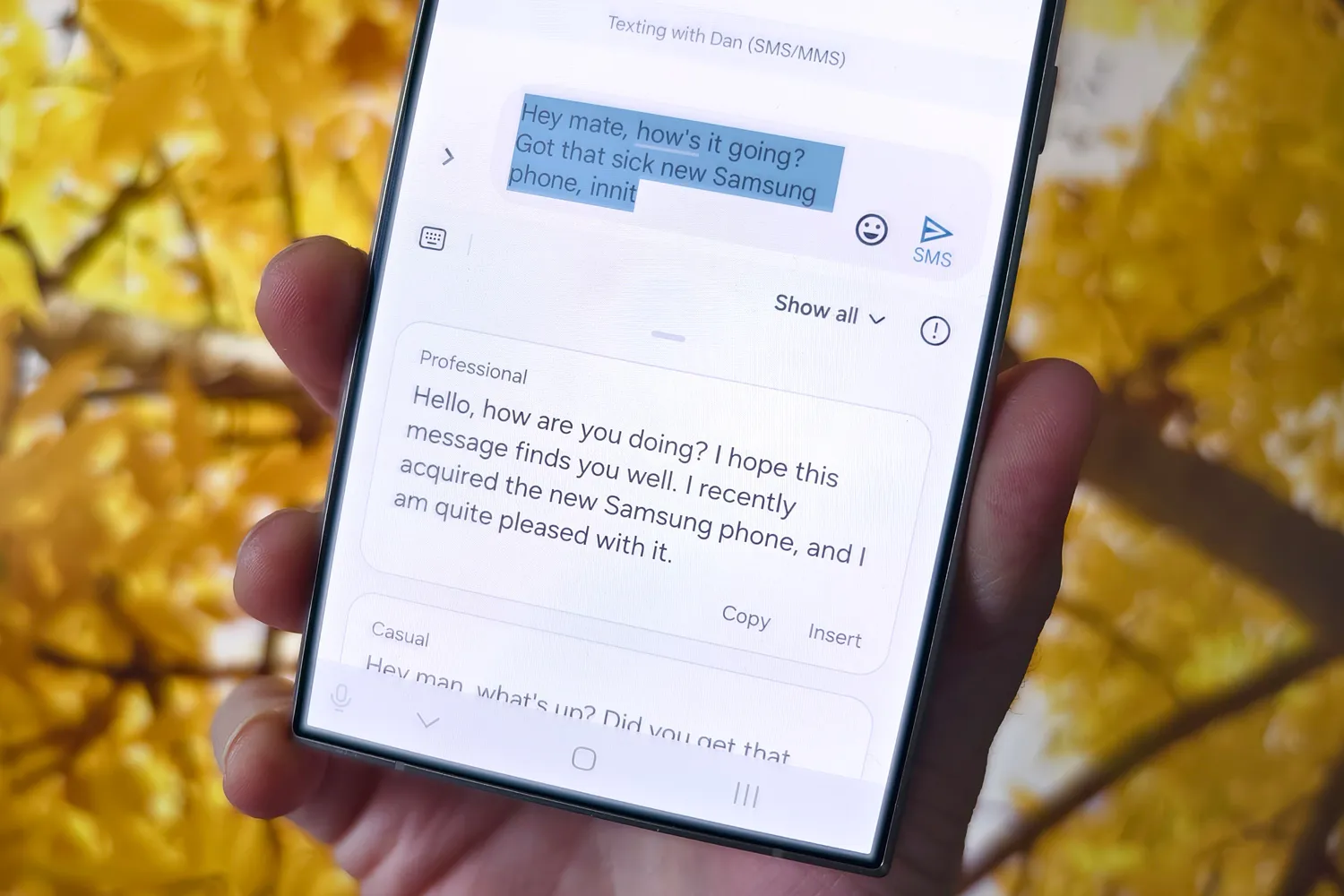
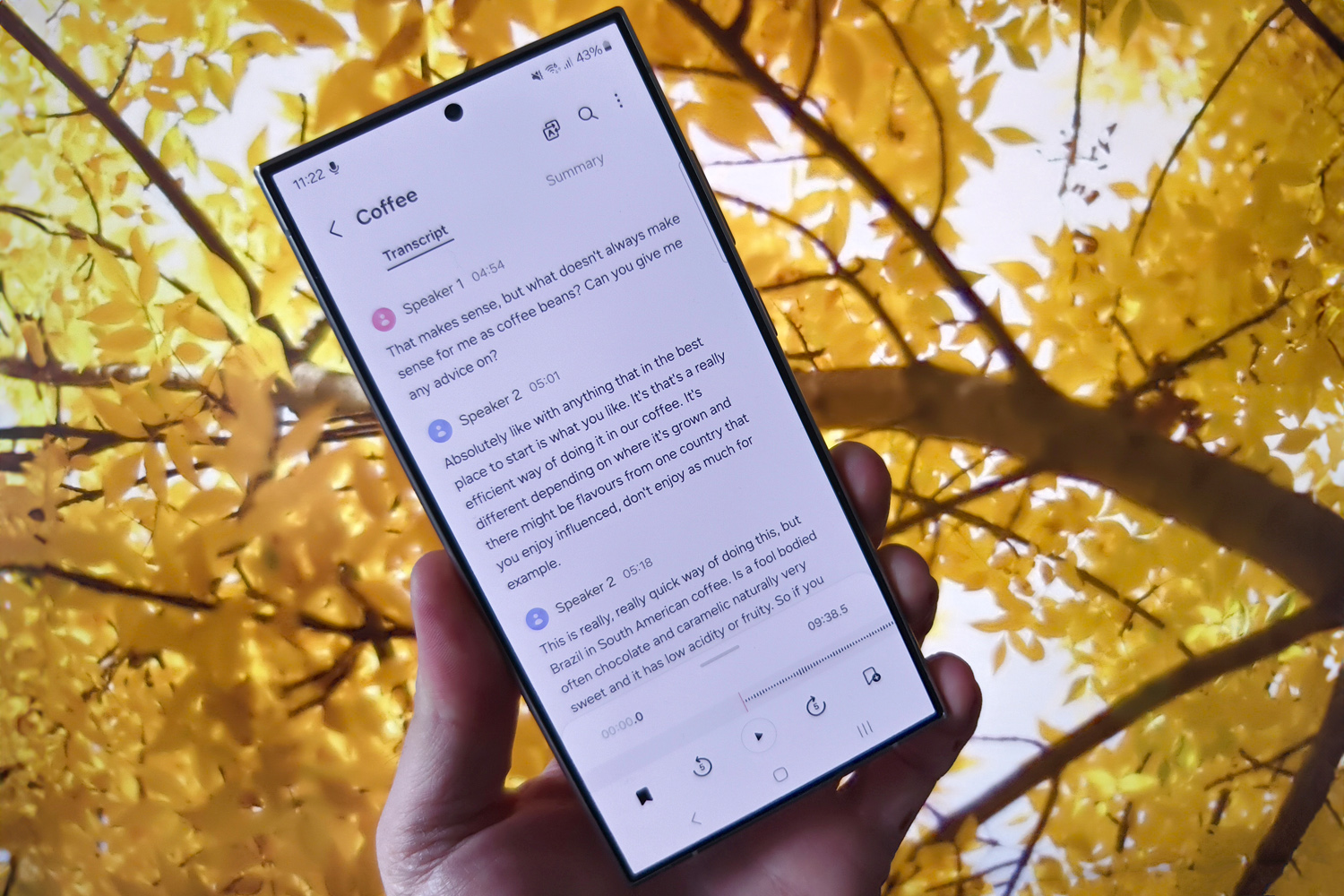
Samsung is making a big deal about Galaxy AI, its mix of on-device and cloud-based artificial intelligence baked into all three Galaxy S24 models. I’ve seen plenty of image generation and natural language AI across disparate apps and web-based services, but the S24 Series puts them all in one place for the first time, even outdoing Google.
The new transcription summariser built into the voice recorder app really knocked my socks off. It recognises different speakers (and their various accents), transcribes quickly and accurately, then distils it all down into a clear bulleted summary with correct spelling and punctuation. I spotted some finer points it had missed from a recorded meeting, but nevertheless this is a feature I’ll be using regularly going forward.
This uses cloud-based AI, though, rather than on-device processing. The fact it sends your data somewhere else might worry some, as might the fact Samsung is only promising to keep it free until the end of 2025, but it also likely explains why it’s the most impressive implementation.
The Chat Assist button baked into Samsung’s onscreen keyboard is a nifty way of sharpening up any messages before you send them. It analyses what you’ve written and offers alternatives in a more professional tone of voice, or a more social-friendly version filled with hashtags. It can real-time translate in 13 languages, too. I also had a brief chat in German using the live translation function built into the default dialler app – I ran out of memorised phrases before I could catch it out with an incorrect interpretation.
The on-device AI makes a lot more sense to me in a phone like this. A lot of people buy a Galaxy Ultra for the S-Pen, and use it in a work environment. The majority of shoppers interested in a vanilla S24 likely won’t need voice transcription or note taking summaries. Here, though? I could see it going down very well in an office environment.
A feature with more wide-ranging appeal also risks ruining non-Samsung AI phones for me. After just a few days of using Circle to Search, I already miss it when using other devices. I absolutely loved being able to long-press the home button and then draw a circle around any onscreen object to perform a smart web search, which never failed to recognise the object, text or landmark in question. Happily Google is rolling it out to Pixel phones already, so it’ll hopefully come to other brands in time.
Otherwise the Galaxy S24 Ultra will feel very familiar to existing Samsung owners. OneUI 6.1 looks almost unchanged from previous iterations, with the icons and quick settings shortcuts fans have come to expect. It’s nice to see Samsung add Google’s generative AI wallpapers, making this the first phone outside of the Pixel 8 Pro to get the tech.
More importantly for a phone costing four figures, Samsung has committed to seven generations of software updates and security patches. I’m sure it’s no coincidence that’s roughly what Apple delivers to every subsequent iPhone generation. With the titanium frame and tough glass, you should be able to keep this handset for the long haul.
Performance & battery life: snap it up
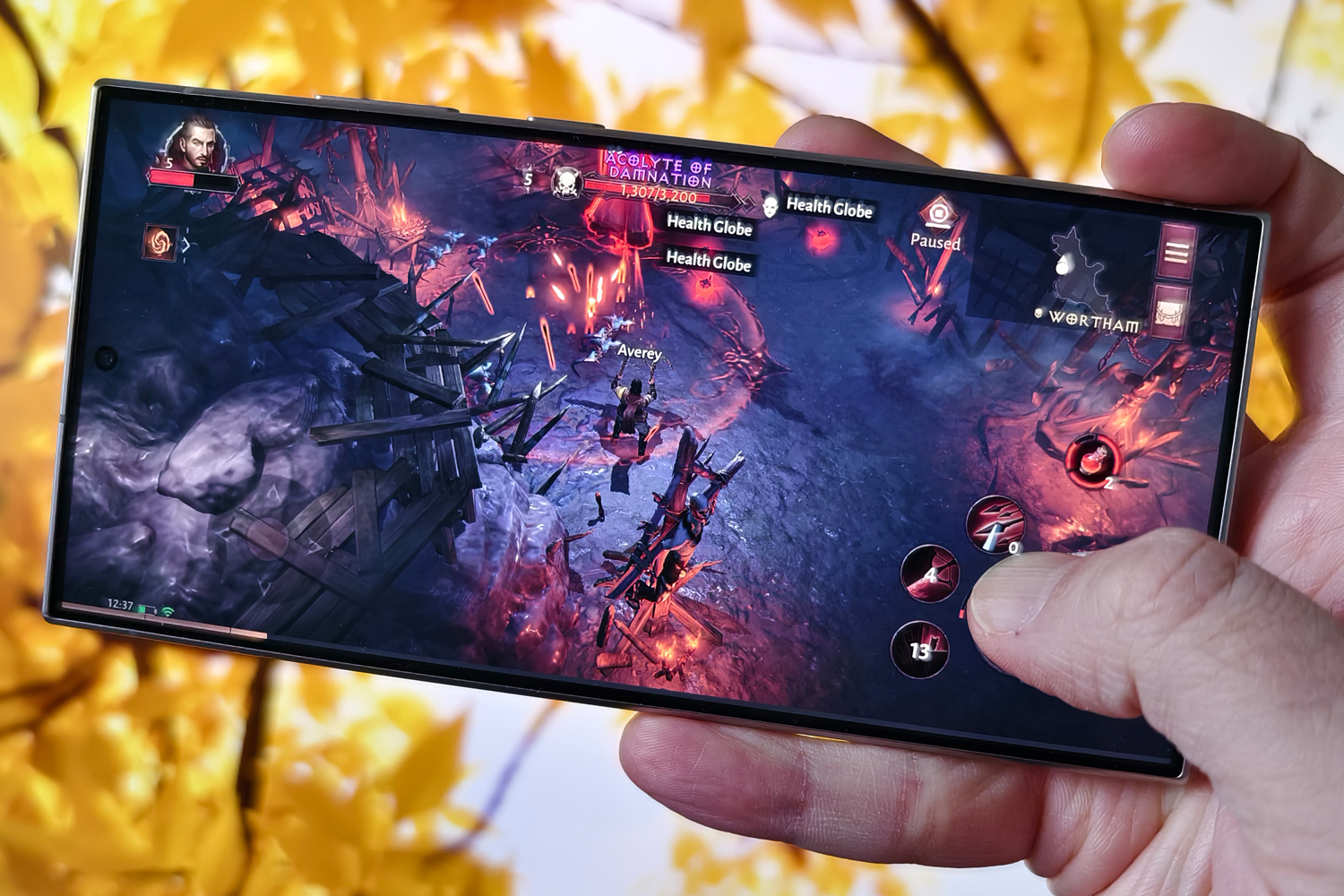


The Ultra is the only Galaxy S24 to get a Snapdragon 8 Gen 3 chipset, at least in Europe. It’s also a ‘For Galaxy’ variant with a little extra oomph than the chips found in rival phones. Both the CPU and GPU run that little bit faster, while a vapour chamber 1.9x larger than the Galaxy S23 Ultra’s helps maintain those speeds for longer while gaming or running demanding apps.
Naturally it’s a monstrous performer, handling anything I threw at it with ease including rapid multitasking and heavy gaming. It barely gets warm unless you’ve fallen down a multi-hour Genshin Impact rabbit hole, and even then frame rates stay steady. It’ll even manage ray tracing effects in supported games.
12GB of RAM is par for the course now. I’ve seen foldable rivals with a whopping 24GB, but Samsung knows how to optimise the underlying Android OS. I was able to swap between several apps without them reloading into memory first. The familiar choice of 256GB, 512GB and 1TB of storage returns too; based purely on price I think 512GB is the sweet spot this year.
Battery life didn’t exactly blow me away, given the more efficient processor and substantial 5000mAh capacity. The S24 Ultra still lasts a full day of fairly heavy use, but that’s true of pretty much every 2023 and 2024 flagship phone. Game for more than an hour or so and you’ll want to top up before bedtime. It met my expectations, rather than exceed them, but I’m not complaining when it means not having to lug a battery pack around for mid-afternoon refills.
You’ll need to supply your own power brick, of course, because Samsung doesn’t bundle one in the box any more. The phone can manage 45W over USB-C, which is decent, but a long way short of the fastest charging phones coming out of China.
Samsung Galaxy S24 Ultra verdict: time to upgrade?
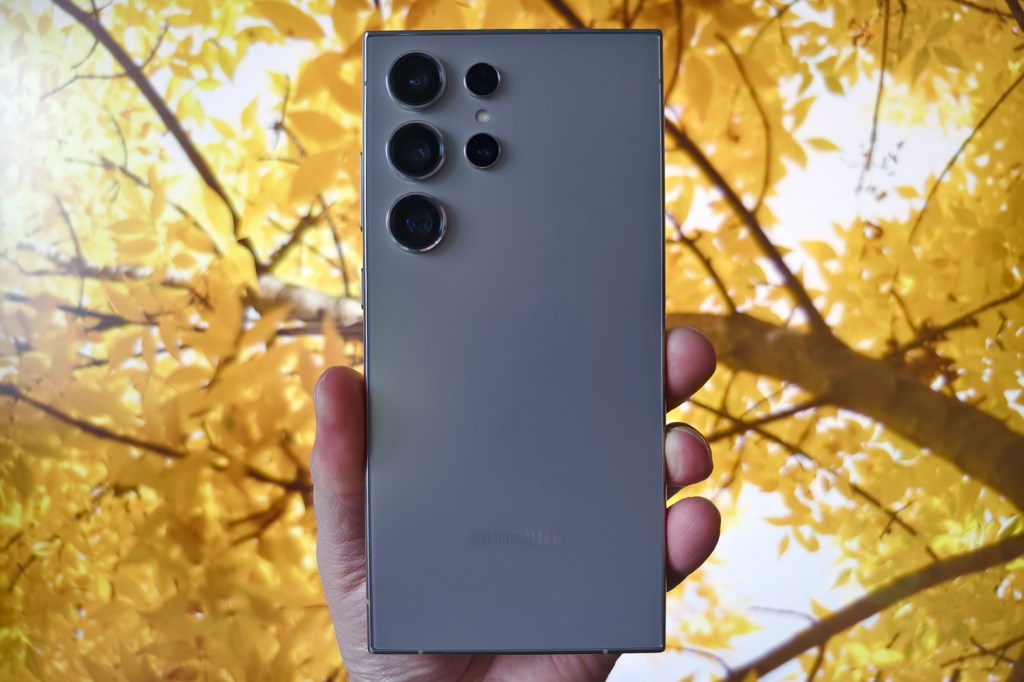
Ever since it absorbed the Galaxy Note’s S-Pen abilities, the Ultra has been Samsung’s do-it-all flagship. Not everyone needs its productivity-centric skills, but those that do swear by them. The Galaxy S24 Ultra is more of the same, only elevated to even more premium status thanks to the switch to titanium and the superior screen. Those AI additions are a perfect fit here, and performance was never in doubt.
The firm has taken its foot off the gas just a little on the camera front, but I don’t think the majority of phone owners will care. The photos it takes are still among the best around. S23 Ultra owners shouldn’t rush to upgrade either, seeing as they’ll be getting Galaxy AI by way of a software update later in 2024.
It may not be perfect, and it’s undeniably expensive, but there’s no other phone out there as feature-rich as the S24 Ultra.
Stuff Says…
The Galaxy S24 Ultra is another epic Samsung flagship. New materials and screen upgrades go a long way, while the AI additions are perfect for productivity. It’s no longer the best phone for photography, though.
Pros
Sets new Android toughness standards
Genuinely useful on-device AI
Stellar performance and day-long battery
Cons
Cameras haven’t progressed much in twelve months
Missed the boat for Qi2 charging
As expensive as non-folding flagships get
Samsung Galaxy S24 Ultra technical specifications
| Screen | 6.8in, 3200×1440 AMOLED w/ 1-120Hz LTPO adaptive refresh, 2600 nits |
| CPU | Qualcomm Snapdragon 8 Gen 3 For Galaxy |
| Memory | 12GB RAM |
| Cameras | 200MP, f/1.7 main w/ Quad pixel AF, OIS + 50MP, f/3.4 periscope zoom w/ dual pixel AF, OIS, 5x optical zoom + 10MP, f/2.4 zoom w/ dual pixel AF, OIS, 3x optical zoom + 12MP, f/2.2 ultrawide rear 12MP, f/2.2 front w. dual pixel AF |
| Storage | 256GB/512GB/1TB on-board |
| Operating system | ANdroid 14 w/ OneUI 6.1 |
| Battery | 5000mAh w/ 45W wired, 15W wireless charging |
| Dimensions | 162x79x8.6mm, 232g |



